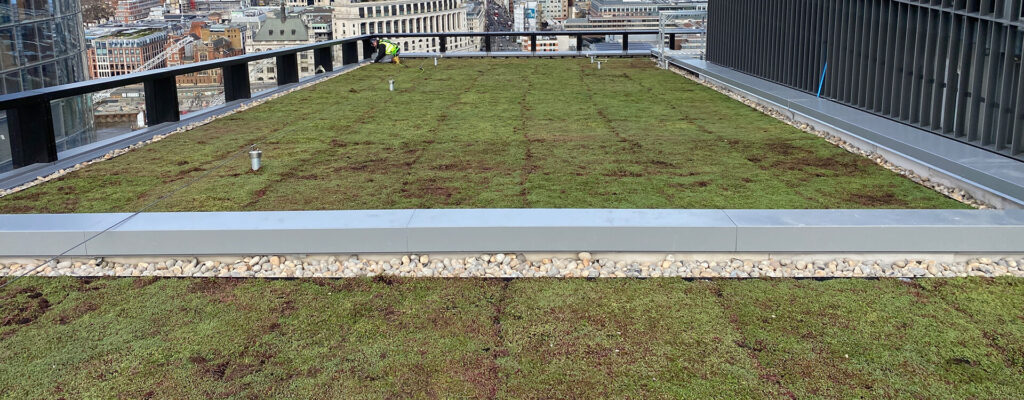When anyone employs a “service” they would expect to have a “good job; done well”, not much to ask. Unfortunately there are occasions when the customer receives anything but their reasonable expectation.
One would think the old adage “you are only as good as your last job” would help eradicate bad practice and poor workmanship, but alas it is not always the case.
All roofing material manufacturers who operate an approval scheme will have a sliding scale of what is acceptable in terms of application skills and finished quality. This will generally range from exceptional down through a wide window of acceptability, and descending down through various levels of poor quality and unacceptability.
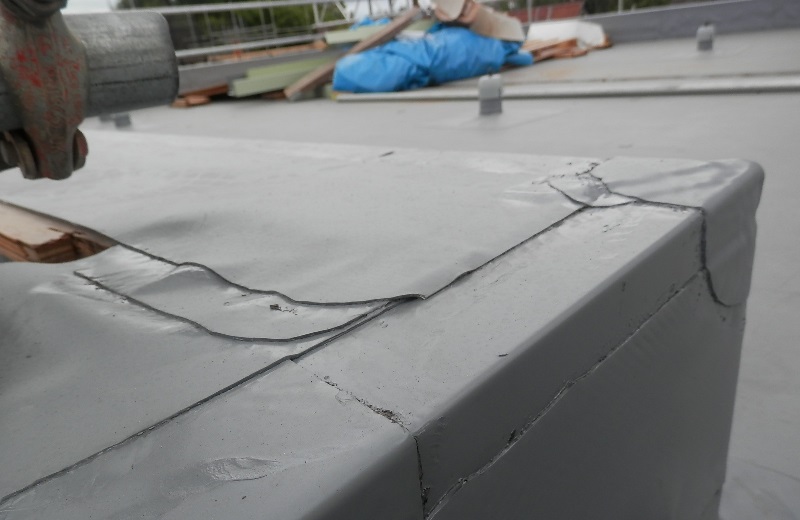
The single ply membrane industry has always operated a training and approval system that, for the most part, ensures a minimum standard. Other flat roofing industries also operate similarly but certain types of product are sold into the market place regardless of whether the person buying the materials has the necessary skills and approvals or not.
There is also the problem of the “black economy” where unregistered individuals are sourcing materials illicitly and installing the systems outside of good practice and the controls of the relevant industry. Prospective clients should check with the manufacturers that the contractors are trading legitimately as an approved contractor/installer.
The wide window of acceptability arises from operatives with newly acquired skills who will not have experience and they often make mistakes and may not be as neat until they have a few jobs under their belt. As a company we (IKO Polymeric) always encourage roofing contractors to assign those with no or lesser experience to work alongside more experienced operatives. We also advise roofing companies that are new to the single ply industry to employ the services of experienced sub-contract labour until such time that their own operatives become competent.
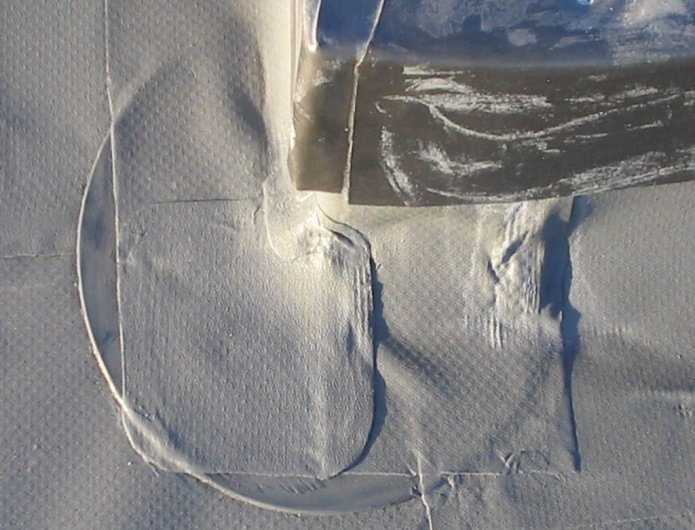
Robert The Bruce is alleged to have said, ”If at first you don’t succeed, try, try again”
Reasonable advice if the installer had removed the failed attempt first. In addition it would have been easier to use the correct materials
An example of a newly trained operative not having the skills, whereas, employing a skilled installer would have seen the detail installed correctly first time and the trainee seeing how to do it. They do not always retain all the information given on courses, in addition there could be a long delay before they have the chance to embark on their first project.
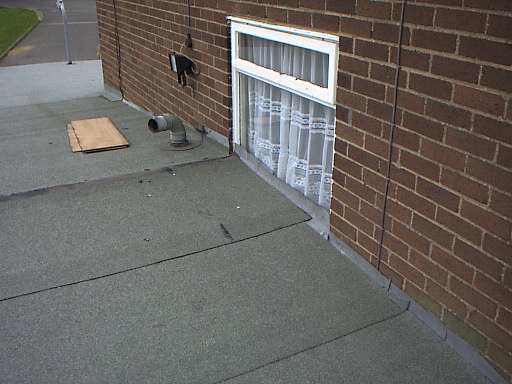
Talking of windows, here is an often used example (within IKO) of not doing the job properly. The roof level was raised to improve falls but they were not prepared to raise the window or reduce its size.
Some of the issues we discover or encounter are not restricted to the inexperienced; there are times when some issues are attributable to installers who should know better.
So why do they do shoddy work?
There could be a host of reasons; one is pressure to complete the works in an unreasonably short period of time, this results in corners being cut as well as ignoring neatness. Main contractors can be put under pressure by clients to complete by a deadline ignoring that fact that we may have experienced long periods of bad weather, this may have occurred earlier in the construction period but all trades thereafter are given the “Hurry-up”.
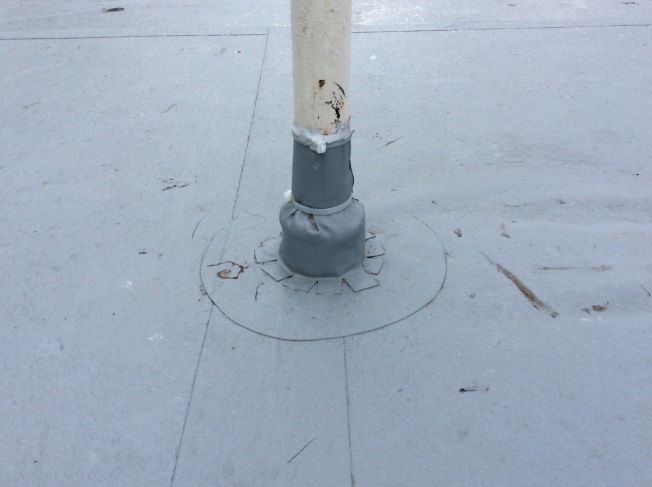
In this instance the shoddy work is down to the low skill set of the installer.
How might they be cutting corners? This can be anything from applying insufficient coat weights of primers and adhesives, installing fewer fixing components than is needed and not carrying out the lap welding process correctly. In terms of cutting corners the eventual outcome could be various forms of failure, from a water ingress problem at loose laps to partial or full detachment from the sub-strate/structural deck.
Bad practice is not only restricted to the eventual installation, it is not uncommon for some contractors to not store materials properly, for instance storing insulation on the roof without protecting it from the elements and then using the affected boards. Our guidelines clearly state that all materials must be stored correctly and protected from the effects of the weather be it rain or snow or excessive heat or cold.

The installer has ignored the industry advice on how to mechanically fix insulation boards. Instead he has tried to secure boards at joints.
I would add this was a coastal location in the Shetland Isles and subject to some severe wind uplift forces.
Based on the area visible there should be at least 18 fixings on view, not the 6 we can see.
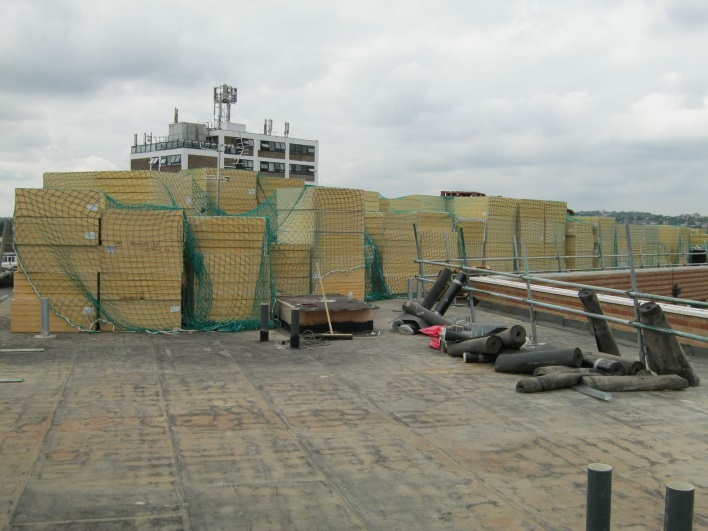
A vast amount of insulation stored on the roof with no protection from inclement weather.
In terms of neatness and aesthetics, when challenged about the poor quality a common response has been” it’s a roof and it’s not leaking”; although it’s a policy that has been witnessed in other countries here in the UK most companies endeavour to achieve a high skill level and clean aesthetics whenever possible. Certainly clients expect it or demand it as a matter of course.
Here in the UK most, if not all, of the single ply industry provide on-site support by way of teams of field engineers who not only inspect and ensure that the prescribed works are being installed correctly, they also advise on application guidelines; so if involved early enough they can assist those with less experience.
So how can bad practice be avoided?
In terms of design a good place to start would be referencing the relevant British or EN standards. These have been developed over the years based on experience, the guidance they give is sound.
In addition trade bodies, such as SPRA & NFRC, are a good source of information, guidance and advice.
Main Contractors, Roofing Contractors and sub-contract labour should be given realistic time to do the job properly.
Don’t expect immediate perfection from newly trained labour, they should be given leeway to develop their skills; not thrown in the deep end.
Take note of the comments of the field engineers, the advice they give will benefit the project.
Don’t be afraid to ask for credentials, Approval cards or certificates should be submitted on request.
Feel free to talk to Technical service departments and their support teams at the start of a project rather than close to completion it will be easier to overcome issues before it becomes an expensive issue to resolve.
For more information, please contact IKO Polymeric’s technical team.


